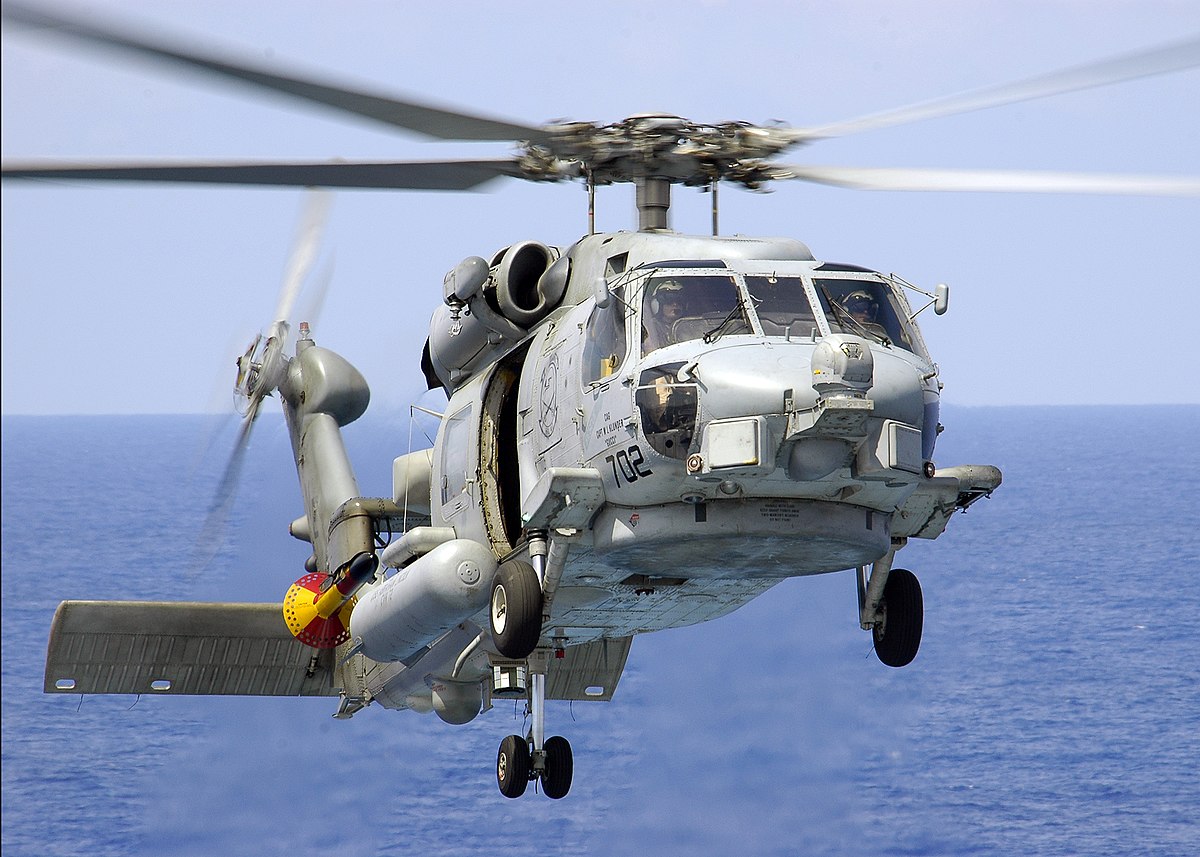More SoH threadjack:

 www.navytimes.com
www.navytimes.com

Iran claims its drones shadowed Nimitz strike group in Strait of Hormuz
Iran claims its drones captured images of the aircraft carrier Nimitz transiting the Strait of Hormuz.

